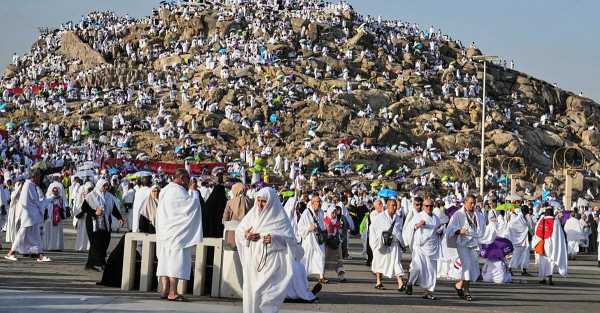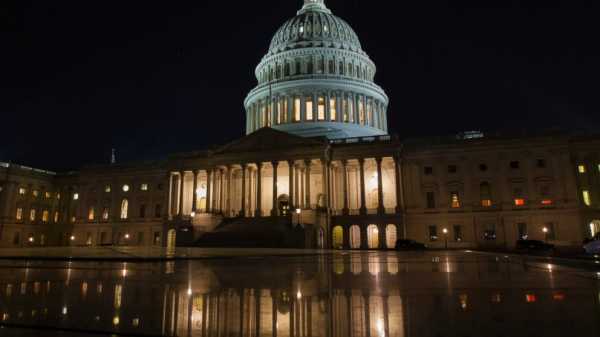
The number of pilgrims taking part in the Hajj in Saudi Arabia this year was the lowest in three decades, excluding the COVID-19 pandemic, according to data released on Thursday.
The annual Islamic pilgrimage attracted only 1,673,230 Muslims, the majority of whom came from abroad, the country's Hajj Ministry reported on Platform X.
Authorities have not yet provided an explanation for the low number of participants.

That's 160,000 fewer pilgrims than last year and significantly lower than before the pandemic, when the number of participants regularly exceeded two million.
In 2012, a record was set for the Hajj when more than 3.16 million Muslims took part.
During the COVID-19 pandemic, the kingdom has held a limited pilgrimage, significantly scaling back the Hajj from 2020 to 2022, although a small number of worshippers were still allowed to participate in the annual event.
The 2023 Hajj is the first to be held without restrictions since the start of the pandemic in 2020.
During the Hajj, Muslims gather in Saudi Arabia to engage in religious rituals and acts of worship, fulfilling one of the five pillars of Islam – an obligatory religious duty.
For many, this can be the spiritual experience of a lifetime and an opportunity to receive forgiveness from God and atone for their past sins.
However, inflation and economic problems around the world make Hajj unaffordable for some people.
Severe heat and stricter entry rules may also have deterred potential pilgrims from travelling to Saudi Arabia this year.
Earlier on Thursday, pilgrims gathered in Arafat to spend time in worship and reflection.
The rocky hill has great significance in Islam.
Arafat is mentioned in the Quran and is where the Prophet Muhammad is believed to have delivered his final sermon during his final Hajj.
On Friday, pilgrims will head to the vast tent city of Mina to carry out a symbolic ritual of stoning the devil by throwing stones at pillars.
Sourse: breakingnews.ie






